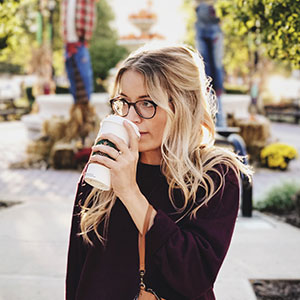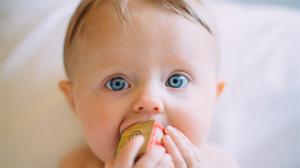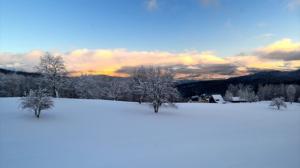Eye-catching Animal Photography: 10 Tips to Capture Stunning Shots
Stating the obvious, animals make some of the best photography heroes. There's almost nothing like getting up close and taking those beautiful shots of your canine buddies, furry friends, and even the wildlife. If you want to experience what this feeling seems like, join us on this ride as we round up 10 filtered animal photography tips for you.
Whether you’re working as a remote animal photographer, or need a tool with a reasonable learning curve to edit and enhance your animal photography, VanceAI has a truckload of options for you. For instance, Image upscaler is a tool to help you enlarge images and increase overall quality and resolution losslessly.
What is Animal Photography?
Animal photography, as the name implies, involves taking beautiful shots of animals, spanning your companion and pets to the wildlife. This may as well involve capturing them in their natural habitats or in artificial habitats their owners have made for them. As we know it, it can be quite difficult to direct animals to pose in specific ways, especially if they are untrained. So, you’ll agree that animal photography is not a walk in the park. It demands a great deal of effort, dedication, and patience. To get the right knowledge of this creative niche and start taking beautiful animal photography moving forward, keep reading as we'll explore 10 helpful tips.
10 Best Tips on Animal Photography
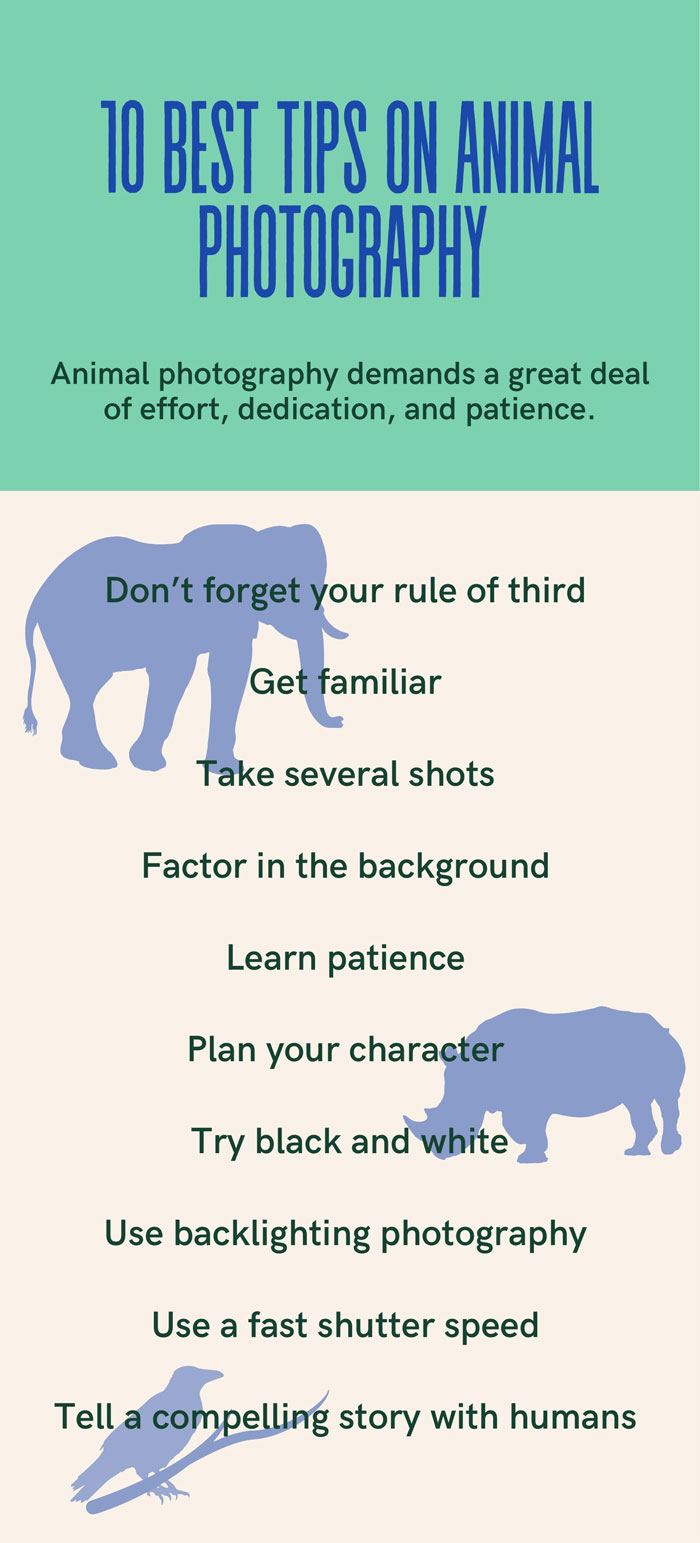
Don't forget your rule of thirds
The rule of thirds is a photographic classic that even absolute beginners tend to be familiar with. Its relevance is not limited to animal photography but spans several photography niches. In essence, you have to divide your frame into 3 x 3 using an actual or an imaginary grid. Place your hero at the center of the intersection of one of those lines and you’ll be amazed by the output.
Get familiar

Beautiful animal photography is not just about capturing shots within your reach. You can explore the wildlife in a remote region that is not so common to people. But advisably, you should start with the butterflies and bugs in your garden before exposing the latter. If you are looking to explore the latter as well, be sure to know the animals in and out before approaching.
Take several shots

Sometimes, it takes multiple animal pictures before you can get just a good one. While taking these shots, it is also important to experiment with lighting, exposures, and focal lengths, so you can introduce more feeling, emotions, and perspective to your pictures. These tips also make the entire process more experimental and corroborate whatever effort you put into animal photography.
Factor in the background
When taking animal portrait photography, especially for animals in their natural habitat, it is very important to consider the background. Typically, you don’t want something that draws attention away from your subject and confuses the audience. If you find such elements, you can simply reposition your setting a bit to get a better shot.
Learn patience
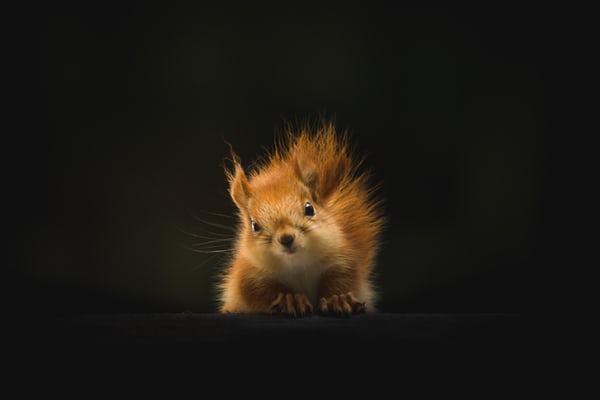
Animal photographers can go to extra lengths to get that arresting shot. In fact, some tend to wait several weeks at unfavorable temperatures, especially wildlife photographers who tend to travel to several locations. All in all, always be prepared to wait, whether to get the right weather or for your animal to be in the right position before taking the shot. This could take several days or even hours.
Plan your character
Animals can be so funny. Take the time to watch those YouTube clips of hilarious animals doing funny things and you’ll understand that these animals have unique personalities and characters. To get the best shot, find a time your animal is in its elements or when it's doing something funny or in character and you’ll be wowed by the amazing animal photography output.
Try black and white
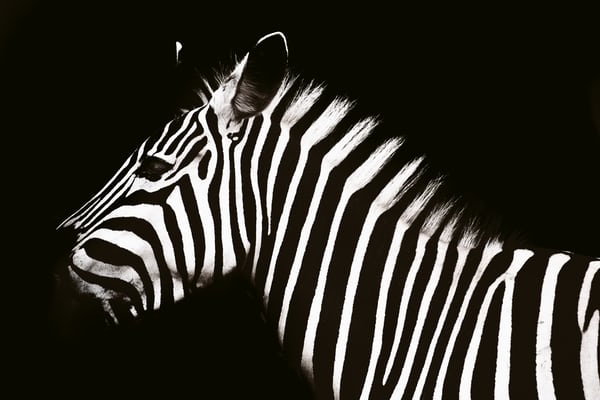
These days, colour photography is all the rage. But have you tried high-resolution black and white animal photography? Whether you capture it directly using your camera or get the effect with a filter, black and white offer a very easy path to an outstanding picture. With it, you can easily attract eyes to different textures and elements. In essence, it can be very striking.
Use backlighting photography

If you want to try something different from the common high-resolution black-and-white animal photography, use a backlight. Position your camera with the sun behind the subject and watch the beauty of a backlit glow. This is particularly beautiful if you’re dealing with hairy animals with the sun lighting up every of its hair strands. When using this, you may sometimes see traces of grains or noise. In this case, an image noise reduction tool can help you.
Use a fast shutter speed
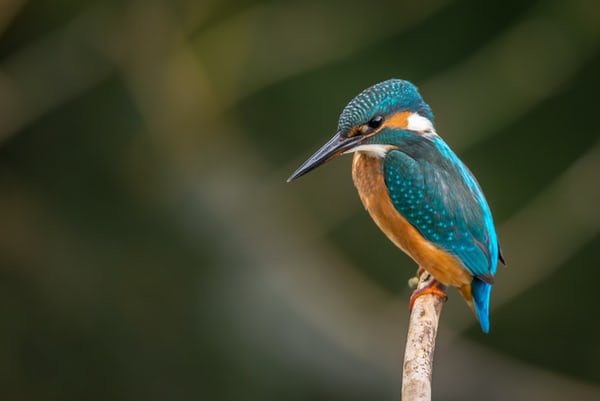
Keeping your shutter speed very fast serves as a great way to overcome excessive camera shake attributable to animal photography. Besides, animals tend to move fairly quickly and a fast shutter speed can compensate for that. At least use a speed of 1/400 to guarantee crisp, stable, and nice shots. It can go higher if you’re dealing with birds and other animals that can typically fly or run off.
Tell a compelling story with humans
When carrying out animal photography, always remember to include humans in whatever story you’re looking to tell. While some animal photographers are more inclined towards outright wildlife shots, exploring the relationship between humans and animals in your animal photography may be all you need to create a prize-winning shot.
How to Fix Blur Animal Photo?
If you notice that your animal photography effort is riddled with low-resolution and unclear images, the VanceAI Image Upscaler should always be your go-to. This is a tool with cutting-edge AI algorithms tailored to not only increase image resolution by several multiples but also maximize its overall quality while doing that. The interface is quite straightforward as well, making it one of the best options you'll get for a complete beginner.
-
Step 1: Upload the unclear animal picture using the upload button. Remember batch processing and upload may not be available for free users. So, consider elevating your subscription status.
![Use AI Enlarger_step 1]()
-
Step 2: Now, you should be on the VanceAI workspace or AI enlarger's homepage, where you get to pick your settings. Select how many times the resolution enlargement you want. Besides, modify the noise and blur manually, or pick the automatic option and hit start to process.
![Use AI Enlarger_step 2]()
-
Step 3: Wait for the processing to be completed and downloaded.
![animal photo processed by image upscaler.]()
Besides the upscaler tool, VanceAI Image Denoiser is another full-featured and effective tool that will come in handy in animal photography. It is a tool that helps you eliminate traces of grains or noise in your pictures. Essentially, it is there to make your picture as clear as it could get.
FAQ
What is the best colour for animal photography?
- The best color for you depends on the emotion you want to create.
- If you want something arresting, dominant and attention-grabbing, go for largely red
- If you want something very warm and accompanying, using yellow and orange fits your bill.
- Cool colors also tend to fade away from the story into the background. Hence, you may and may not want to look in that direction.
- If the colors don't pop enough, the AI image upscale tool can cater to this.
Conclusion
Animal photography can be a very fun process, especially if you’re taking shots of your canine buddy or other pets. With the following tips and ideas, you can start optimizing your workflow and start taking impeccable shots without the hassle. For your post-production edits, VanceAI has some interesting features and tools you'd definitely want to try. Also read: Tutorial on Indoor Photography for Beginners.





